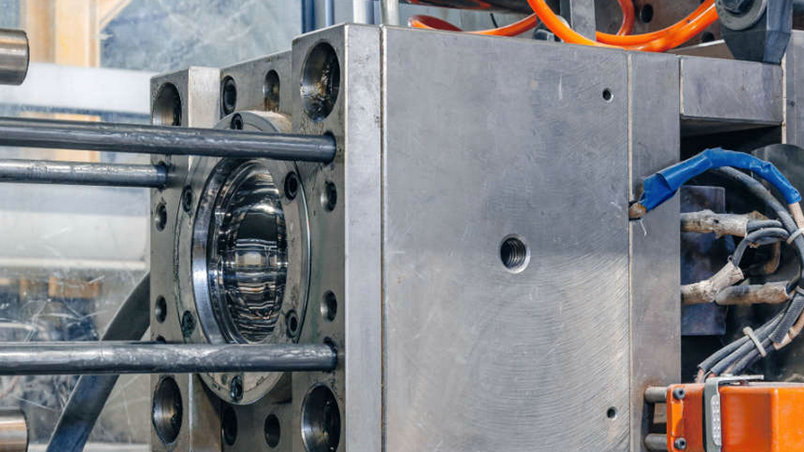If you work in the plastics industry, you are probably well aware of the importance of injection molding. This process involves injecting molten plastic material into a mold to create a specific shape or product. However, what you may not know is the critical role that pressure and flow play in the injection molding process.

In this article, we will explore the relationship between pressure and flow in injection molding. We will discuss the basics of injection molding, the importance of pressure and flow, and how to optimize these parameters for the best results. So, let’s dive in!
What is Injection Molding?
Injection molding is a manufacturing process used to produce a wide range of plastic products, from small toys to automobile parts. The process involves melting plastic pellets or granules and injecting the molten material into a mold cavity. Once the plastic cools and hardens, the mold opens, and the part is ejected.
Injection molding is widely used because it is a highly efficient and cost-effective process. It allows for the production of large quantities of identical parts with high precision and accuracy. Injection molding is also highly versatile, as it can produce complex shapes and designs that would be difficult or impossible to create with other manufacturing methods.
The Importance of Pressure and Flow in Injection Molding
In the injection molding process, pressure and flow are critical parameters that can significantly affect the quality and consistency of the final product. Pressure refers to the force applied to the plastic material as it is injected into the mold. Flow refers to the rate at which the plastic material flows through the mold.
The pressure and flow of the injection molding process must be carefully controlled to ensure that the plastic material fills the mold completely and uniformly. If the pressure or flow is too low, the plastic material may not fill the mold adequately, resulting in incomplete parts or voids. On the other hand, if the pressure or flow is too high, the plastic material may cause the mold to warp or crack, resulting in defective parts.
Optimizing Pressure and Flow for Injection Molding

To optimize the pressure and flow of the injection molding process, several factors must be considered. These include the viscosity of the plastic material, the geometry of the mold, and the injection speed and pressure.
First, the viscosity of the plastic material must be carefully controlled. The viscosity of the plastic material affects its flow rate and, therefore, the pressure required to fill the mold. If the viscosity is too low, the plastic material will flow too quickly and may not fill the mold adequately. If the viscosity is too high, the plastic material may not flow at all, resulting in incomplete parts.
Second, the geometry of the mold must be considered. The size and shape of the mold can affect the flow rate of the plastic material and, therefore, the pressure required to fill the mold. If the mold has complex geometry, the flow rate may be slower, requiring higher pressure to fill the mold adequately.
Finally, the injection speed and pressure must be optimized. The injection speed and pressure affect the pressure and flow of the plastic material as it is injected into the mold. By adjusting the injection speed and pressure, the pressure and flow can be optimized for the specific plastic material and mold geometry.
Conclusion
In conclusion, the relationship between pressure and flow in injection molding is critical to the production of high-quality plastic products. Pressure and flow must be carefully controlled to ensure that the plastic material fills the mold completely and uniformly. By optimizing the pressure and flow of the injection molding process, manufacturers can produce high-quality plastic products efficiently and cost-effectively.
If you are looking for a reliable partner for injection molding, look no further than JS Precision. With years of experience in injection molding, we have the expertise and technology to produce high-quality plastic products to meet your needs. Contact us today to learn more!
